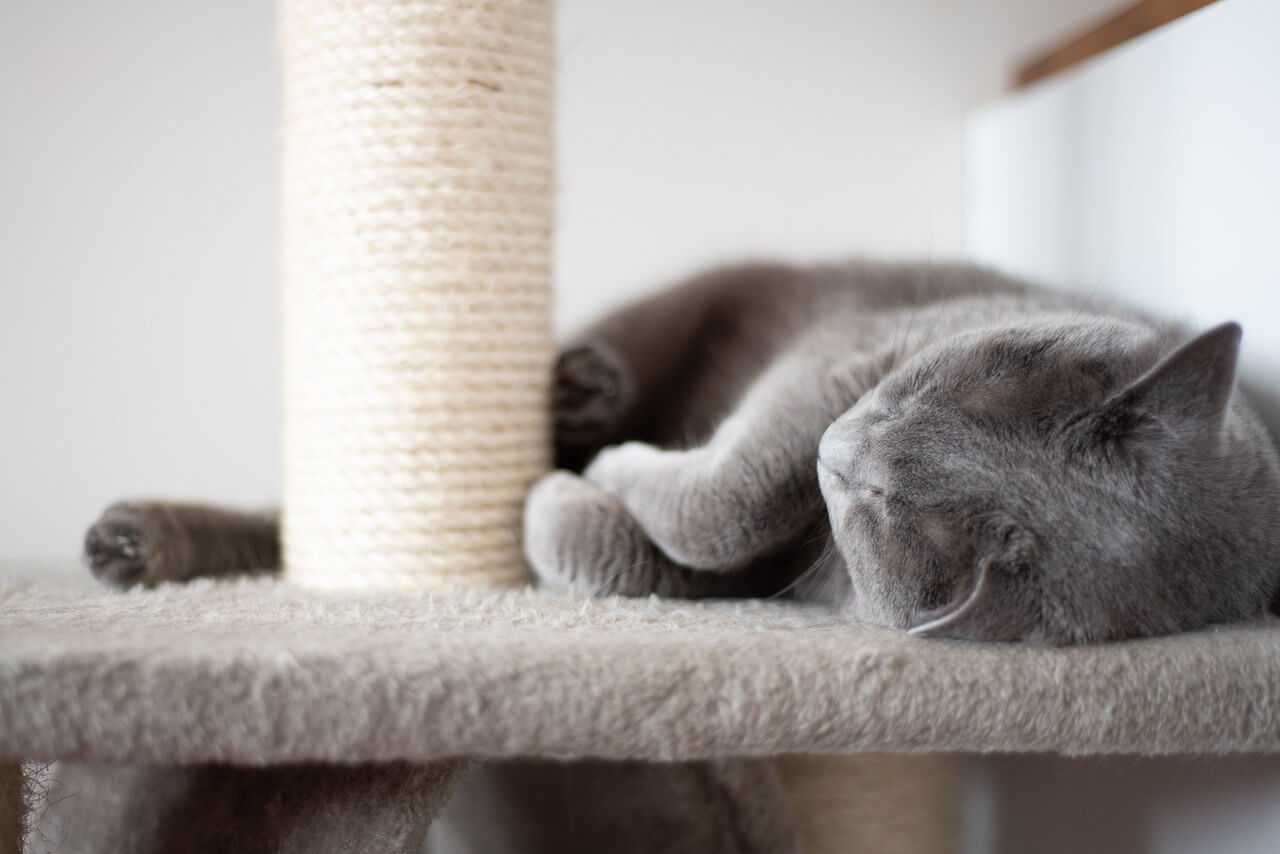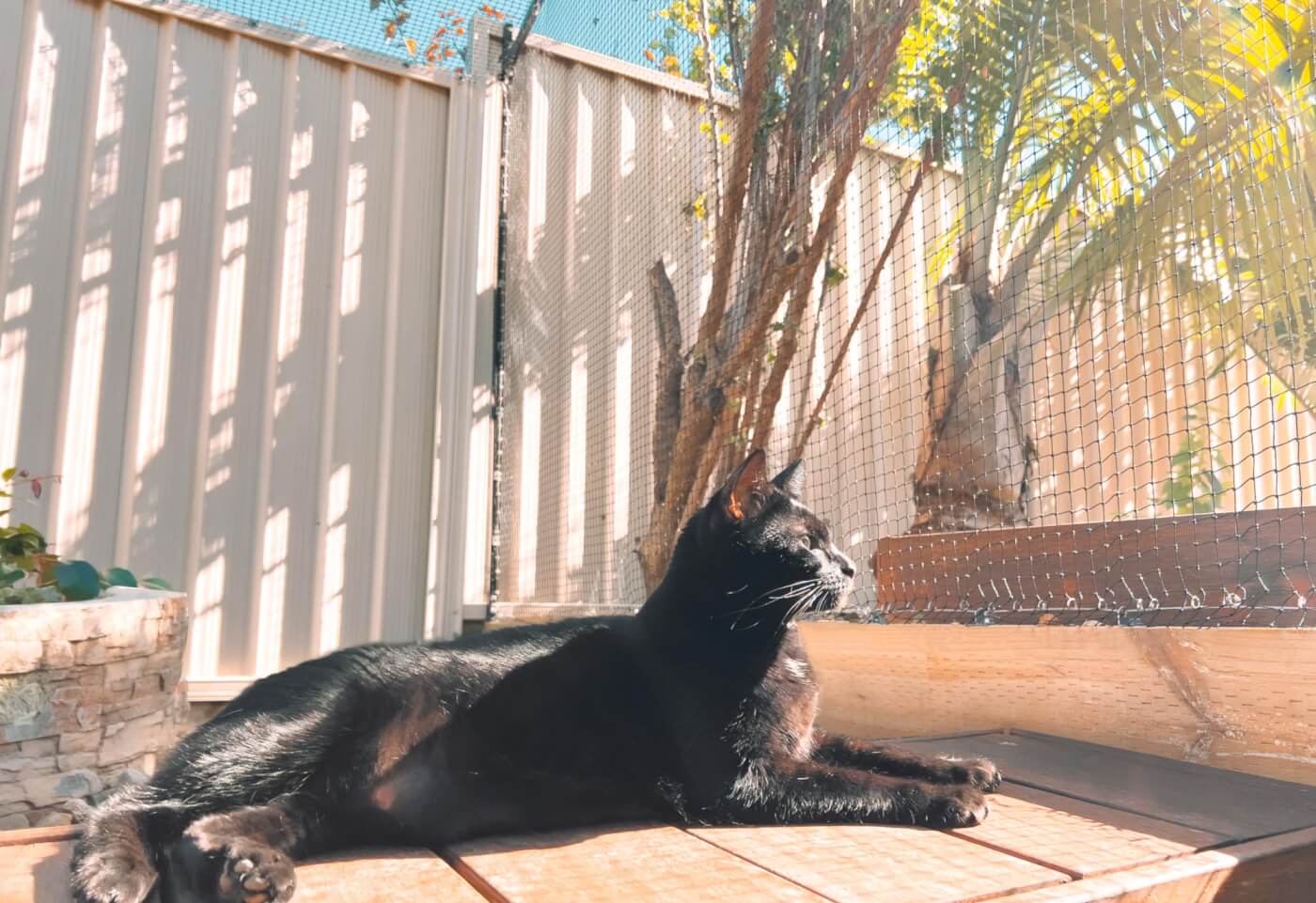
How to Keep Your Cat Entertained Indoors
More areas around Australia are implementing “cat curfews”, with the intention of keeping cats indoors at night or 24/7. These are smart moves and certainly much more humane and effective at protecting wildlife than cat-culling programmes.
It’s well known that cats are dangerous predators to native wildlife, but cats themselves can suffer tremendously when left to roam unattended outdoors.
Speeding cars, poisons, contagious diseases, and attacks by dogs or cruel humans are just some of the problems cats face outdoors. Cats who spend their time indoors typically reach 10 to 15 years of age, whereas those living exclusively outdoors live an average of just two to five years.

Today’s concrete jungles are far too dangerous for vulnerable, trusting little animals. But how do we prevent Tabby from getting bored in the great indoors? Here’s how!
7 Steps to Having a Happy Housecat
- Bring joy with toys.
Cats love to play, and while many toys are available for purchase online, your feline can have fun for free in cardboard boxes or with rolled-up balls of paper.

- Scratch that itch.
Cats love to scratch. Doing so enables them to remove broken claws, stretch muscles, and mark “territory”. The best way to save your furniture is to provide lots of “approved” places to scratch. Cat “trees” and posts, cardboard scratching boxes, and ingenious “cat tracks” (a ball in a circular, partially open plastic tunnel surrounding a cardboard scratching pad) are big hits. Sprinkle catnip on them weekly to keep cats interested, and be sure to replace cardboard inserts when they become worn out.

- Provide a room with a view.
Windows are cat “TV” – a birdbath or feeder placed near a window can provide hours of entertainment. If windowsills aren’t wide enough, build or buy a cushioned perch (available from pet supply stores) to attach to the sill.

- Take the indoors out.
A screened-in porch or veranda or any enclosure accessible through a window offers a great way for your cat to commune safely with nature. Check out Catnets.com.au for information about installations in your area.

- Take your cat for a walk.
Cats can be taught to walk on a leash – just be sure to use an ultra-lightweight, retractable leash that’s attached to a harness, not a collar. Let your cat become used to the harness for short periods indoors, and then pick a safe outdoor area to explore.

- Plant a garden – of catnip.
Once your backyard is secure enough to contain your feline friend, plant something in the garden just for them. Catnip is a highly aromatic perennial plant you can buy in seed from your local garden centre.

- Turn on the TV.
Some cats like to watch television! There are videos on YouTube specifically for a feline audience. Use search terms such as “videos for cats”.

For more information about making your feline’s life more felicitous, read PETA founder Ingrid Newkirk’s book 250 Things You Can Do to Make Your Cat Adore You.
Animals Are Suffering in Laboratories – Help Save Them Now

